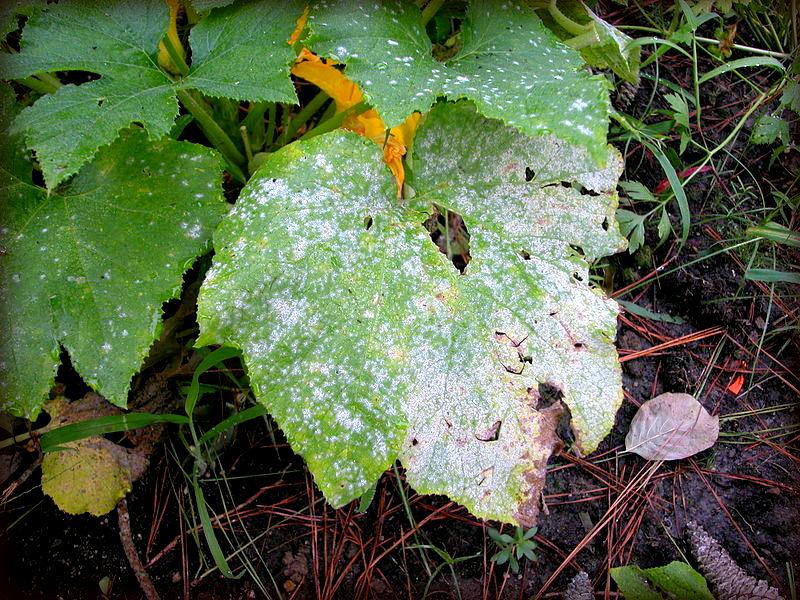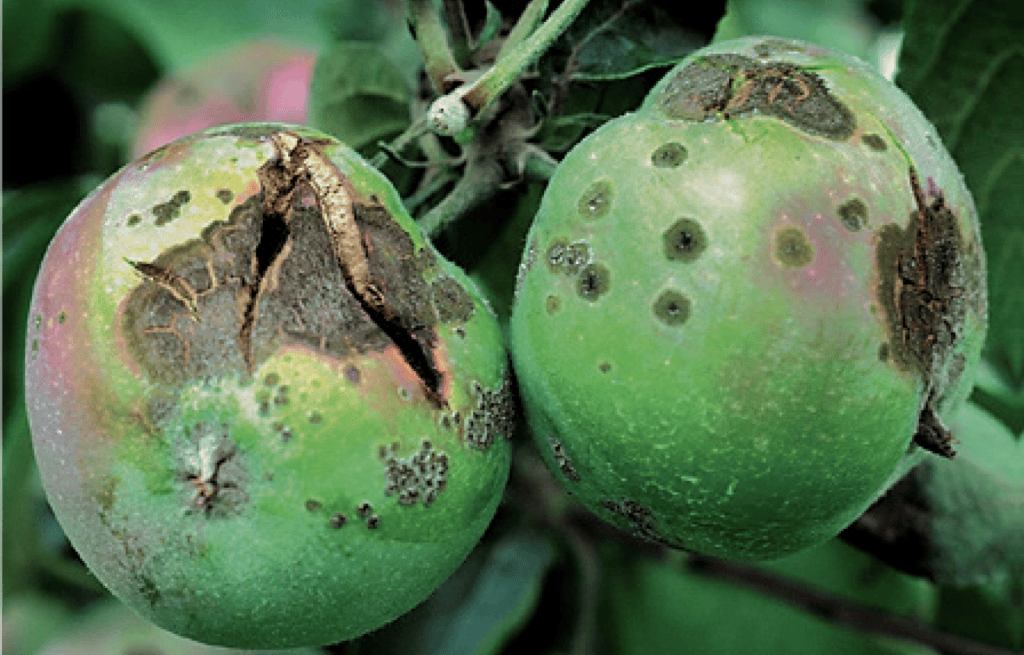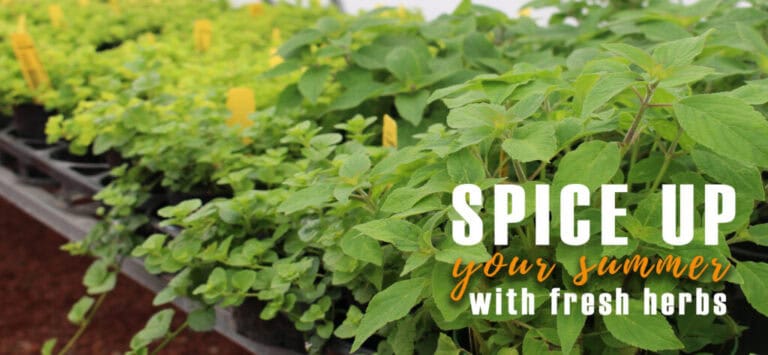Common Fungal Issues in Early Summer
By Kelly Smith | June 2, 2021


Early summer brings with it the excitement of watching your beds bloom, your vegetables sprout up, and your trees blossom. But the unwelcomed presence of fungus can put a damper on your yard, affecting your garden’s yield, damaging foliage, and inhibiting growth. The good news is that most fungal problems can be solved and prevented with a bit of knowledge and early planning. Here are a few of the most common fungus we see in the early summer, and how our experts recommend handling them:

- Powdery Mildew- Powdery Mildew is a common fungus that produces whitish spots on plant leaves, making foliage look like it was dusted with flour. The spots will primarily appear on the tops of leaves, although they can pop up underneath or on stems and flowers. Powdery mildew appears in warm temperatures with a fair amount of humidity, often occurring when days are warm and nights are cool. There are many plants that can be potential targets of powdery mildew, but a few of the most common include begonias, mums, roses, dahlias, melons, squash, cucumbers, potatoes, lettuce, pumpkins, peppers and tomatoes. Here are a few tips for treating and preventing powdery mildew from burdening your garden yield:
- Thin garden vegetables to provide adequate space, circulation and sunlight for individual plants
- Remove infected or dead foliage from all plants
- Treat powdery mildew infestations with an organic fungicide

2. Cedar Apple Rust– This type of fungus requires two hosts (located within about a mile of one another) in order to complete its life cycle. The first family required is a juniper species or eastern red cedar; the second is an apple, crabapple, hawthorn, quince or serviceberry species. The symptoms of Cedar Apple Rust vary widely depending on the species infected: apples, hawthorns, and serviceberry will typically show orange and red spots on their foliage, which gradually develop black spots on the tops of leaves and small, fungal tubes on the bottom. Apples and crabapples are most susceptible. Juniper and red cedar, however, will develop woody galls on their small branches in the fall. Come spring (especially in wet weather), these galls will produce a gummy, orange growth that shrivels as the weather dries out. There are ways to prevent this interesting fungus… here are a few of our recommendations:
- Don’t plant juniper/red cedar varieties in close proximity to apples, crabapples, hawthorns, etc.
- Inspect junipers and red cedars in the late fall and early spring. Remove woody galls that you may find; this will prevent the formation of the orange growth that spreads spores to apple varieties
- Plant disease-resistant varieties of crabapples and apples
- Remove infected leaves and branches from apples and crabapples

3. Apple Scab– Apple Scab is a fungus that affects apples and crabapples. It will first appear as pale yellow or olive green colored spots on the top leaves, with dark, velvety spots spreading to lower leaves. In severe cases, foliage will become twisted, puckered, and eventually fall off the tree. On fruit, it creates scabby, sunken spots that start light in color and become larger, darker, and cork-like in texture. Eventually, the fruit will become distorted and cracked. Apple scab starts over the winter in fallen leaves and soil, developing in wet, cool weather. The best ways to treat it are:
- Make sure to rake under trees in the fall and dispose of the dead leaves
- Plant disease-resistant varieties when possible
- Keep trees well-pruned, keeping an open canopy for air circulation and sunlight, and remove upright suckers from tree bases
- Use a sulfur plant fungicide in early spring, applying as leaves just begin to emerge
Fungal issues can create problems across your landscape but remember: knowledge, proper care, and early-season planning can be your best tools in prevention and treatment. If you have questions or concerns, please reach out to our team of garden experts and horticulturists to learn more!



